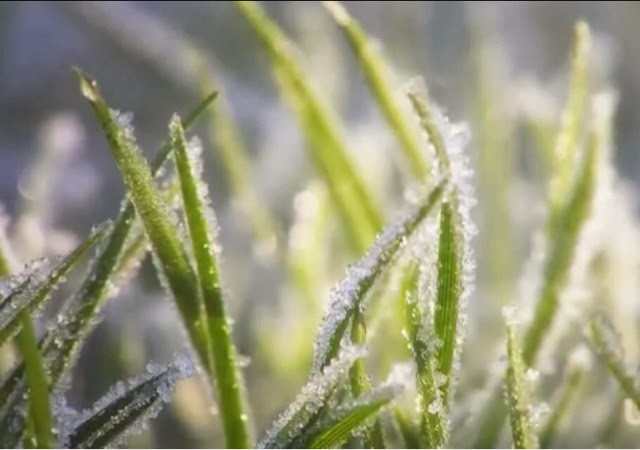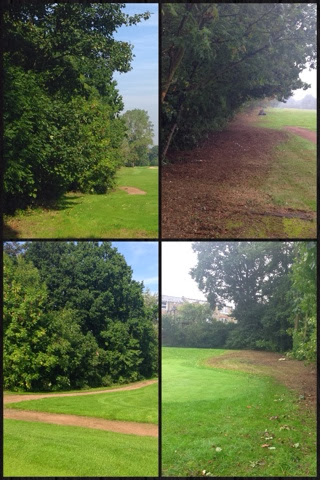Why are we on target Greens ?
Just a quick blog on -
How can a footprint be a killer?
When it's a footprint made on a putting surface that's covered with frost.
It's hard to believe that simply walking across a golf green covered with frost can cause so much damage, but the proof will be there in a few days as the turf grass dies and leaves a trail of brown footprints.
That's why most courses will delay starting times until the frost has melted. We at Muswell
Hill G.C do not want to have frost delays but require target greens to allow early morning play.
This will help give us a better playing surface in the season.
Why does frost cause problems?
Greens are fragile. The putting surface, or green, is an extremely fragile environment that must be managed carefully and professionally.
Remember that every green is a collection of millions of individual grass plants, each of which is a delicate living thing. Obviously, Mother Nature never meant for these plants to be maintained at 3 mm or even 6mm for prolonged periods. This stress makes greens constantly vulnerable to attacks from insects, disease, heat, drought, cold and frost.
Frost is essentially frozen dew. It can form when the temperature (or wind chill) is near or
below the freezing point.
The ice crystals that form on the outside of the plant can also harden
or even freeze the cell structure of the plant. When frosted, the normally resilient plant cells
become brittle and are easily crushed . When the cell membranes are damaged, the plant loses
its ability to function normally.
It's not much different than cracking an egg. Once the shell is broken, you can't put it back together. Added to this when greens are not completely thawed you get a frost layering in the soil structure. This can mean that the top 2 inches are not frozen but the rest is.
This is when ROOTSHEAR happens. Basically your body weight will move the top 2 inches as you walk across the green but the rest will not move as it’s frozen. This makes the two layers tear apart, destroying the root system in the greens.
The proof is in the prints
Although you won't see any immediate damage if you walk on frosted turf, the proof will emerge within 48 to 72 hours as the leaves die and turn brown. And, since just one foursome can leave several hundred footprints on each green, the damage can be very extensive.
Thanks for understanding
The damage isn't just unsightly -putting quality will also be reduced until repairs are made.
Those repairs are expensive and, in some cases, the green may have to be kept out of play for days or weeks until the new turf grass is established. Having target greens for a while till the frost melts canpreserve the quality of the greens, prevent needless repairs and may even save you a few strokes the next time you play.
Thanks
Matt



















































